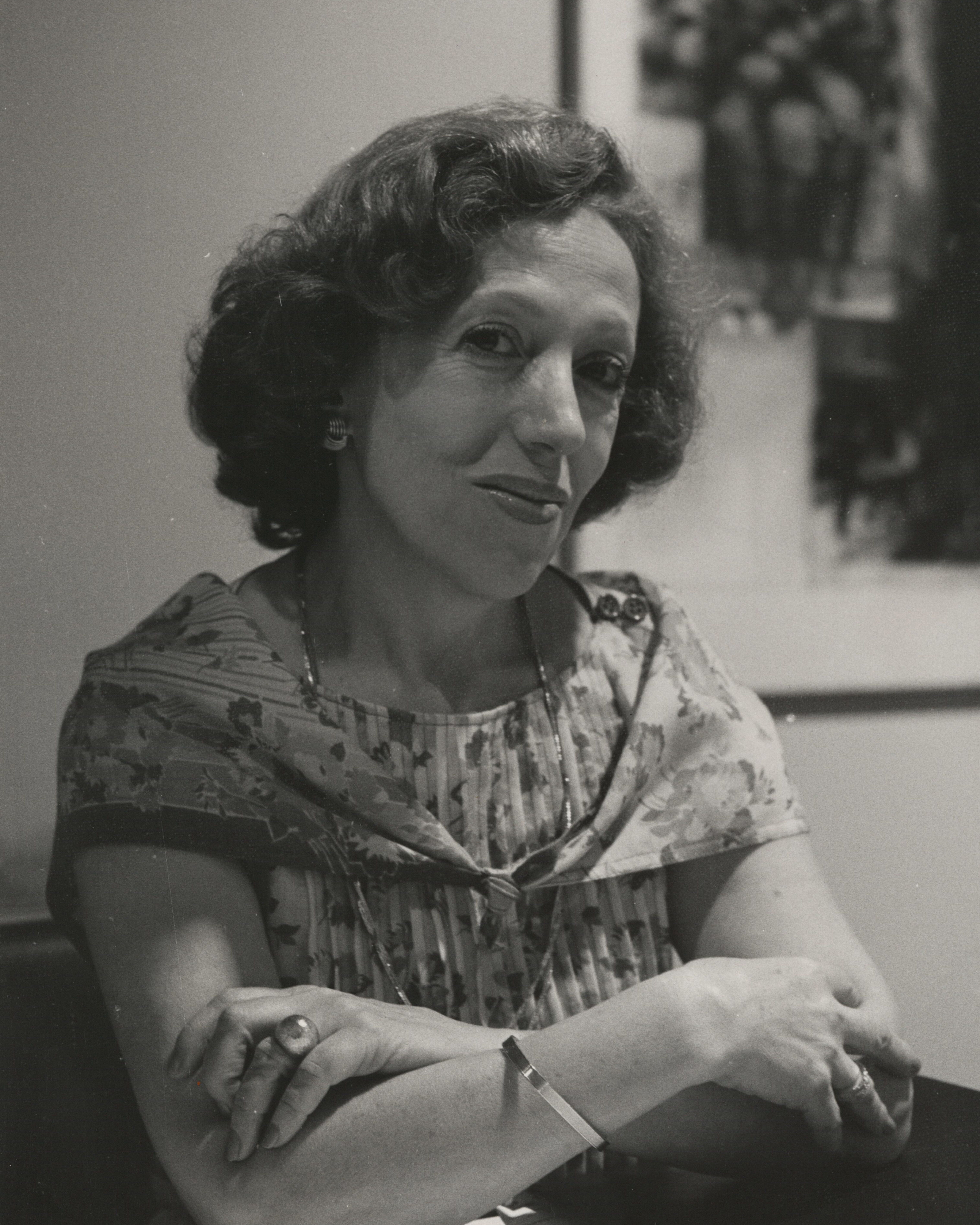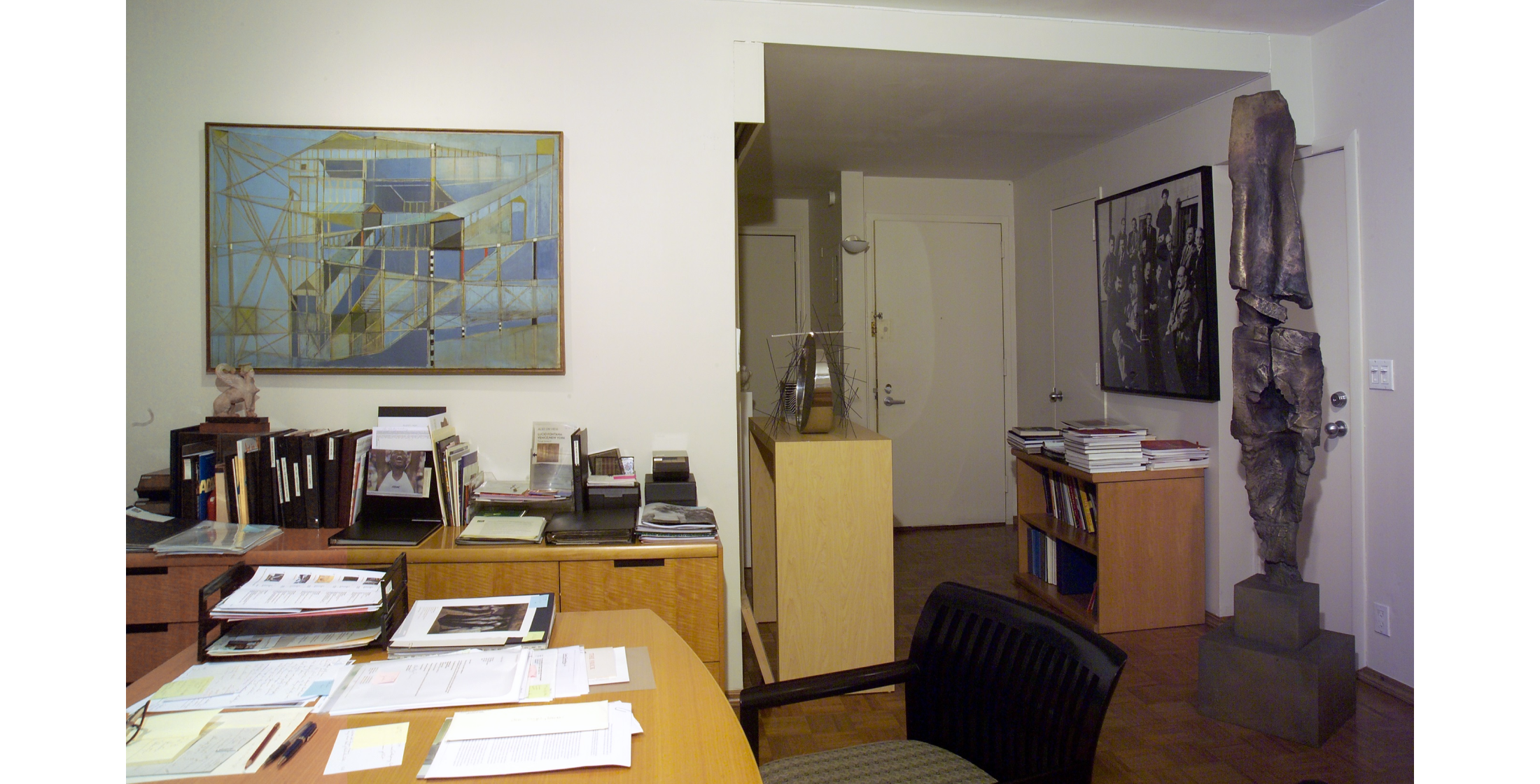List price does not include shipping or sales tax; sales tax will be calculated based on your shipping address.
If you have any further questions, please contact us at 312 563 0020 or sales@wright20.com
Please note items will remain in your cart for 24 hours and are subject to availability.
























_1701121745_1701359381.png)




